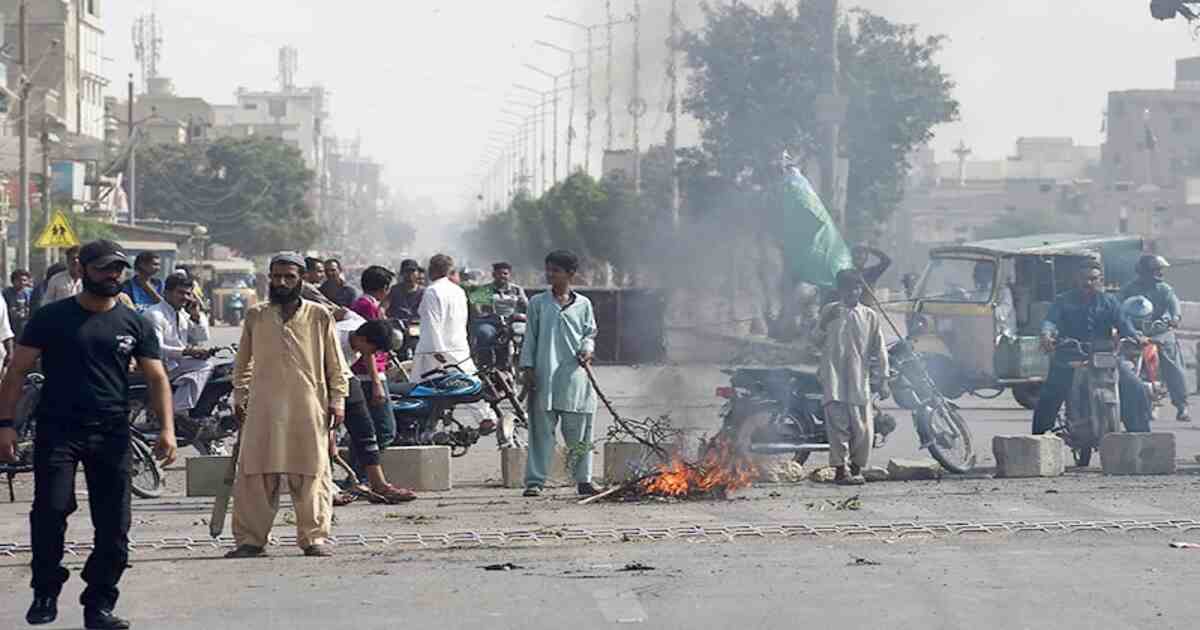A chronicle of sacrifice, struggle for freedom
Every year on July 13, Kashmir Martyrs’ Day (Youm-i-Shudaha-i-Kashmir) is observed in honor of the 21 Kashmiris who were killed by Dogra Maharaja’s soldiers on July 13, 1931, outside Srinagar Central Jail. In remembrance of these Kashmiris, the Kashmiris, especially their Pakistani brethren, mark this day on both sides of the Line of Control and throughout the world. The tyrannical treatment meted out to Kashmiri Muslims by Dogra forces is well documented in Kashmir’s history under the Dogra administration (1846–1947). They were living such a wretched life under Dogra’s authority that it was difficult to tell people apart from beasts. The norm back then was slave labor, high taxes, the death penalty for butchering cows, and perpetual terror. The prohibition of the EidKhutba (Sermon) on April 19, 1931, sparked extensive protests in the city of Jummu that lasted for many days. Immediately after, Dogra soldiers desecrated the Holy Quran, which caused indignation among Muslims across the state. To protest this blasphemy, thousands gathered in Srinagar’s Jamia Masjid. Prominent Kashmiris spoke during one such gathering that was organized in Khankah-e-Muella Srinagar. After the gathering, a young man named Abdul Qadeer shouted, “Destroy its every brick,” while pointing to the Maharaja’s palace. He was taken into custody right away after being charged with sedition. Due to strong public opposition, the court was moved to Central Jail Srinagar, where Abdul Qadir was supposed to be tried. Intense public protests were organized all across the city on July 12, 1931, in response to the court’s relocation.
Thousands of spectators descended on Srinagar’s Central Jail the following day, on July 13, 1931, to watch Abdul Qadeer’s secret trial. A young Kashmiri stood for the Azan as the hour for the required prayer drew near. Soldiers were ordered to shoot at him by Dogra Governor Ray ZadaTartilok Chand. He was martyred, and another young man began the Azan in his place. He too died from gunfire. 21 Kashmiris sacrificed their lives in this way to finish the Azan. People carried the corpses and marched through Srinagar’s streets while yelling anti-Dogra…



